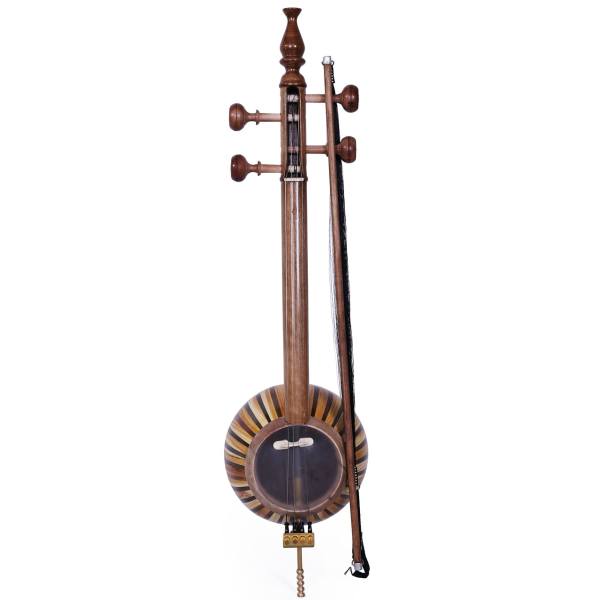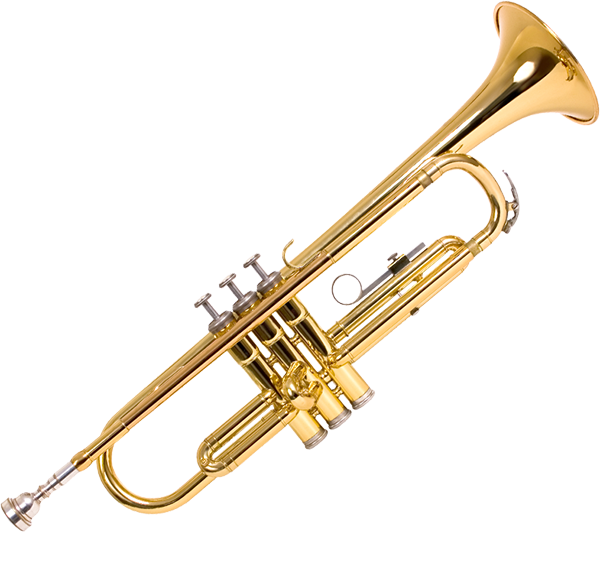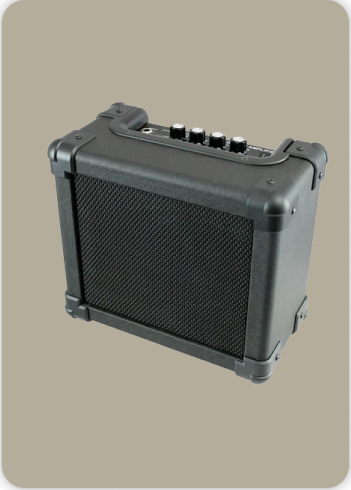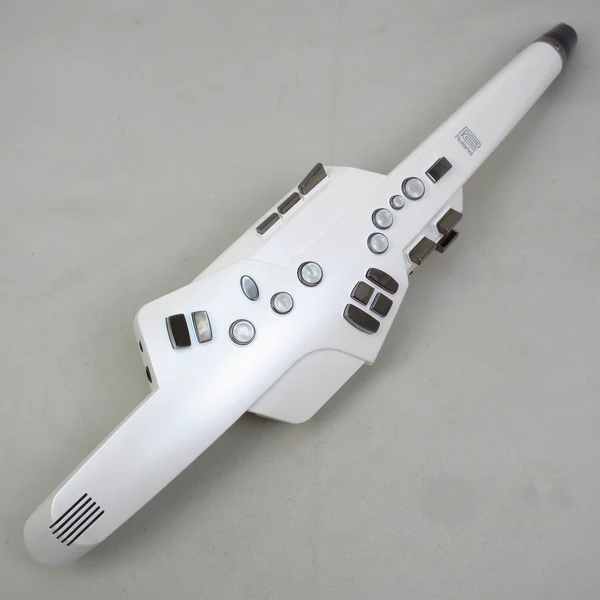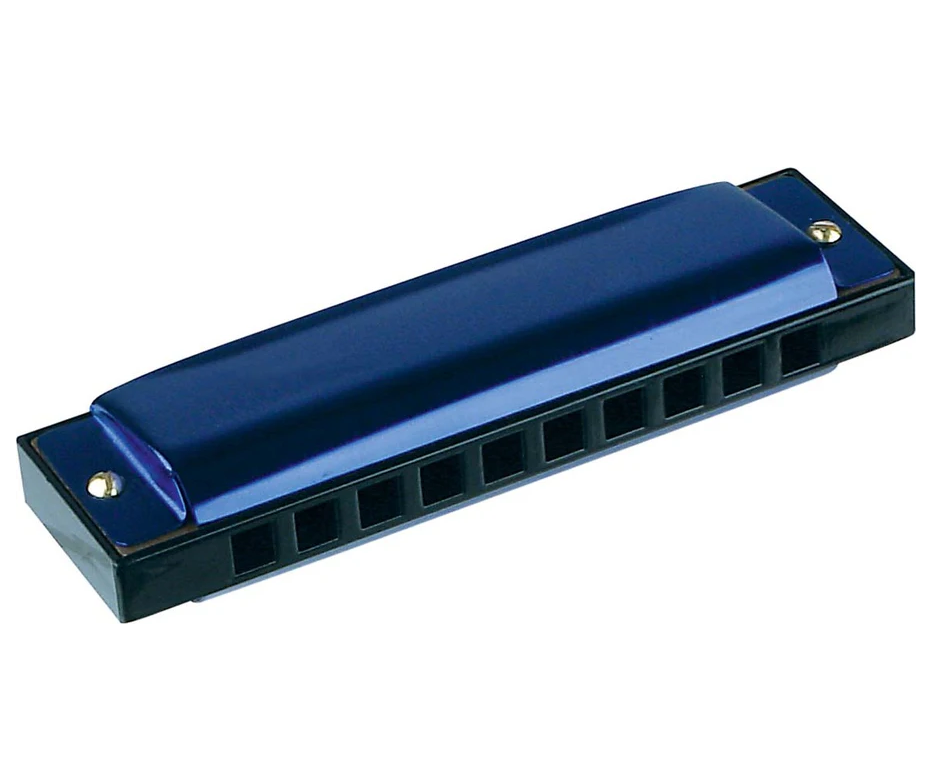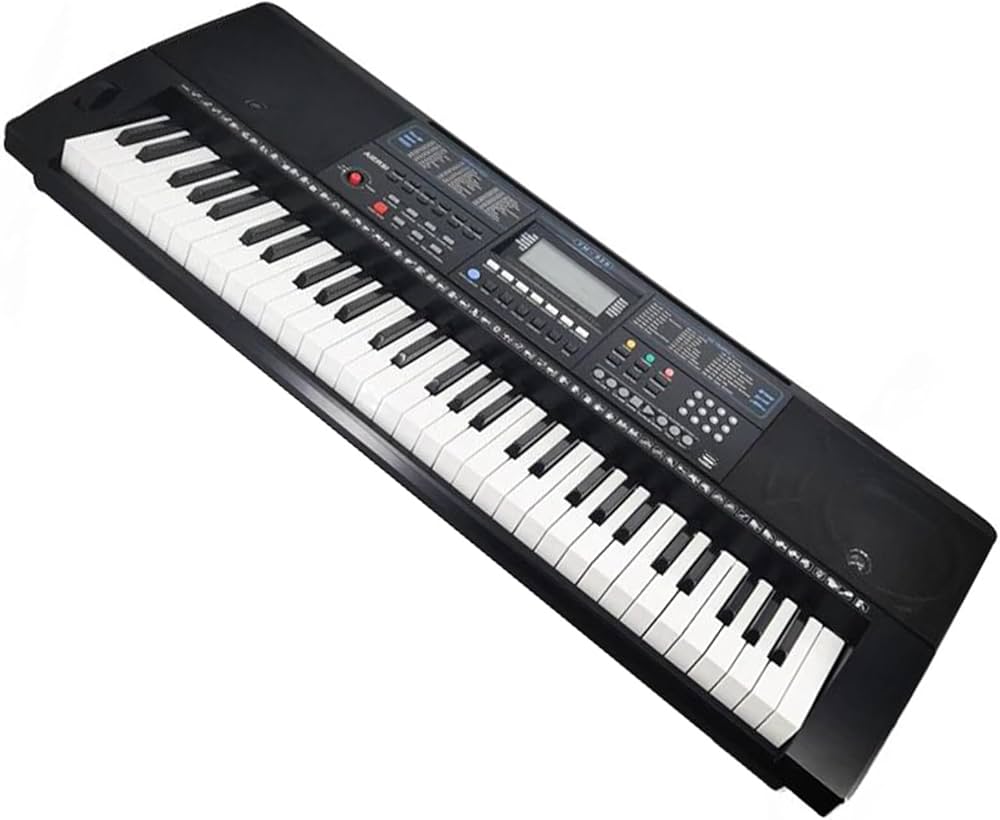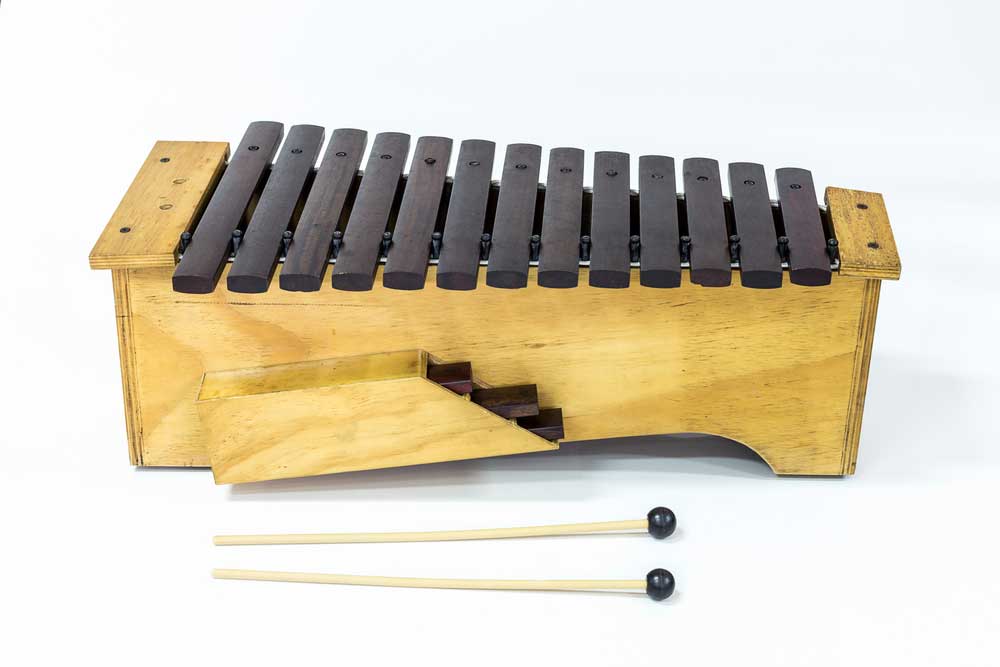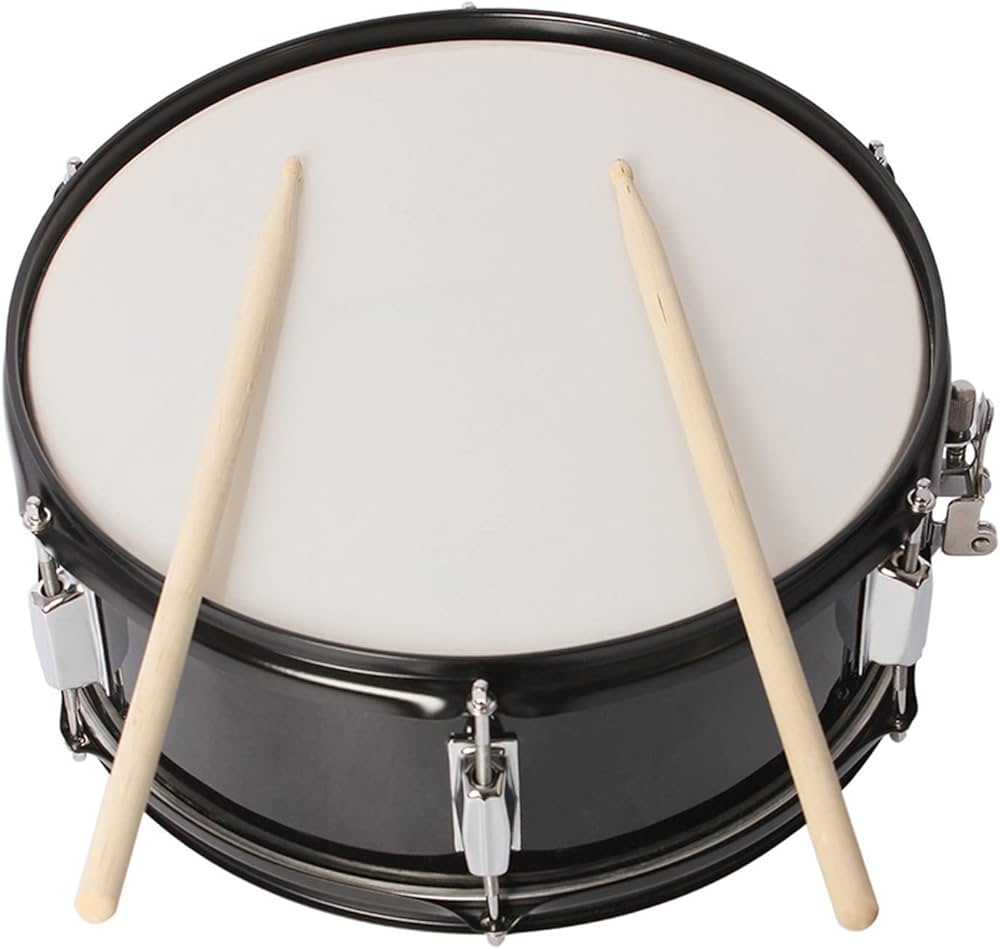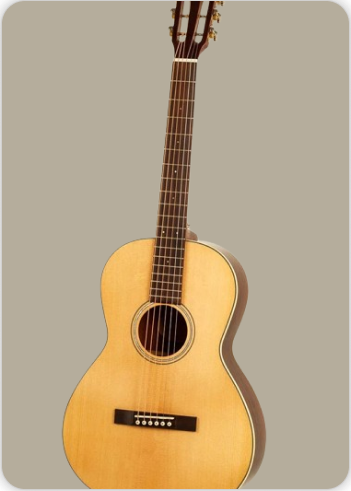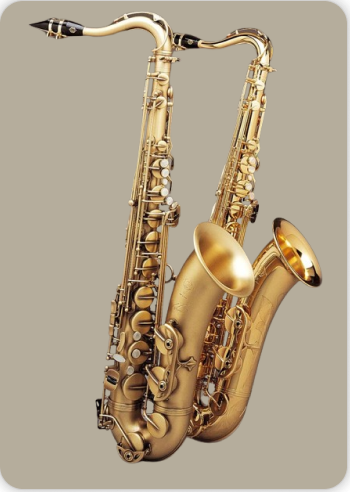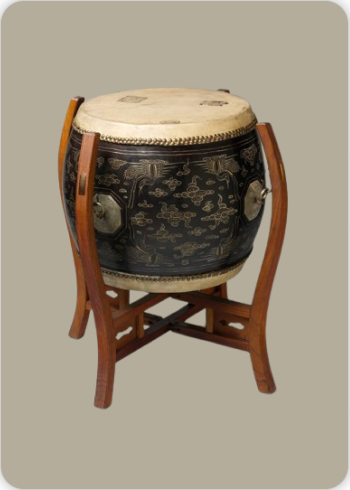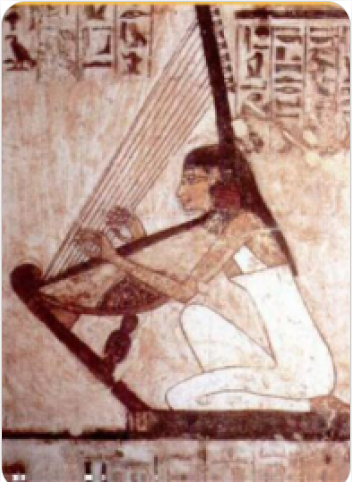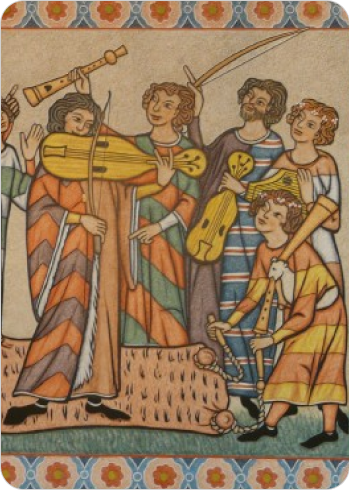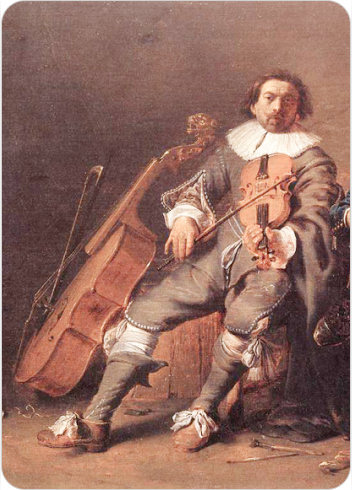Nagara
Percussions
Asia
Between 0 and 1000 AD
Video
The Nagara is a percussion instrument with a rich history, widely used across various cultures, particularly in Asia and the Middle East. It is known for its powerful sound and versatility in different musical contexts. The Nagara belongs to the percussion family and is often classified as a type of drum.
History and Origin
The Nagara, sometimes spelled as “Nakkara” or “Naqqara,” is one of the oldest known percussion instruments, with roots tracing back to ancient Asia and the Middle East. It is widely believed to have originated in Central Asia or Persia (modern-day Iran), before spreading across India, Turkey, and other parts of the Indian subcontinent, as well as North Africa and the Balkans. The instrument was traditionally used in war, ceremonies, religious rituals, and even royal courts.
The Nagara can be dated back to at least the medieval period, with evidence suggesting its use as early as the 10th century. It was commonly used in Islamic and Mughal courts, where it was played as a war drum to announce the arrival of kings, declare military victories, or accompany royal processions. The Mughals brought the instrument to India, where it merged with local traditions and became a significant part of Indian classical and folk music. Over time, it evolved into various regional forms, each with distinct characteristics and cultural significance. The use of the Nagara in temples, especially in Hindu traditions, can also be traced back centuries. Many temples in India employ the Nagara for daily rituals and festivities. In Hindu religious traditions, the drum is believed to have divine connections, often played to invoke deities and create an atmosphere of devotion. Over time, the instrument has continued to be a central element in various cultural and religious settings, making it an enduring symbol of both power and spirituality.
Types and Features
The Nagara comes in different shapes and sizes, depending on the region and its purpose. However, the fundamental structure remains largely the same. The drum is typically bowl-shaped, with a body made of metal, wood, or clay, and its drumhead stretched over the opening using leather straps or metal rings. The size of the drum affects its sound and volume, with larger Nagaras producing deep, resonant beats and smaller ones creating sharper tones.
The Nagara comes in various types, each with unique characteristics depending on its purpose, size, and cultural significance. Traditionally, it is a large, bowl-shaped drum with a deep, resonant sound. The drum is usually played in pairs, with one slightly larger than the other to produce a combination of bass and treble tones. The materials used for making the Nagara vary across regions; it is commonly constructed from metal, clay, or wood, while the drumhead is made from animal hide, typically goat or buffalo skin. The instrument is played with wooden sticks, which vary in thickness to produce different tones.
There are different types of Nagaras based on their use. The Temple Nagara is often large and fixed in Hindu temples, played during prayers and religious ceremonies. The Royal or Court Nagara was historically used in palaces to announce important events, often played in grand ensembles. The Military Nagara, once a crucial war drum, was used to signal attacks, retreats, or victories on the battlefield. Meanwhile, the Folk Nagara is used in rural celebrations, fairs, and festivals, often played with other traditional instruments. The size of the Nagara influences its sound—larger drums produce deep, thunderous beats, while smaller ones create sharper, more rhythmic tones.
Work Mechanics and Playing Techniques
The Nagara is a percussion instrument that relies on vibration and resonance to produce sound. When struck with a stick, the tension of the drumhead and the shape of the instrument create a deep, powerful tone. The mechanics of the Nagara are simple yet effective, allowing for a wide range of rhythmic variations and dynamic expressions.
Playing the Nagara
Use of Sticks: The Nagara is played with two wooden sticks. One stick is usually thicker and is used for producing deeper beats, while the thinner one creates sharper, higher-pitched sounds.
Striking Techniques:
Strong, powerful strokes are used for dramatic and loud beats, typically in battle or religious contexts.
Light, rhythmic tapping is employed for folk music and dance performances.
Rolling or continuous beats can be played to sustain the rhythm in long performances.
Positioning: The Nagara is usually placed on the ground or on a special stand. The drummer either sits or stands beside it, depending on the context of the performance. Some temple Nagaras are permanently fixed in place and played by multiple drummers at once.
Rhythmic Patterns: The beats follow complex rhythms, often based on the traditional “taal” (beat cycles) of Indian music. Different regions have their own unique drumming patterns, some of which are passed down through generations.
Role in Music and Cultural Significance
The Nagara has played a crucial role in various musical traditions across Asia, the Middle East, and North Africa. From religious rituals to folk dances, the instrument has been an integral part of different forms of music, contributing to its versatility and widespread use.
Religious and Temple Music
In Hindu temples, the Nagara is often played to signal the beginning of morning and evening prayers. The sound of the drum is believed to purify the atmosphere and invite divine blessings. Many temples have a designated drummer whose duty is to play the Nagara at specific times of the day. During festivals like Navratri and Dussehra, the Nagara is played continuously to accompany devotional songs and rituals.
Folk and Dance Music
The Nagara is also a popular instrument in folk music, particularly in Rajasthan, Gujarat, and Maharashtra. It is commonly played during village fairs, weddings, and harvest celebrations. In traditional folk performances like “Tamasha” in Maharashtra and “Garba” in Gujarat, the Nagara sets the rhythm for dancers and singers. Its powerful beats add energy and excitement to the festivities.
War and Martial Music
Historically, the Nagara was used in battlefields to communicate orders to soldiers. In many parts of India, ancient rulers had large Nagaras that were beaten before war to instill courage in their armies. The beats of the Nagara signaled attack, retreat, or victory, making it an essential instrument in military strategy.
Classical and Ensemble Music
Although primarily a folk and religious instrument, the Nagara has also been incorporated into Indian classical music. In some classical ensembles, it is used to provide a deep, resonant background rhythm, complementing instruments like the tabla, pakhawaj, and mridangam. Its deep tones add dramatic effect in orchestral compositions.
Processions and Celebrations
During grand processions, whether religious or royal, the Nagara is played to create a majestic atmosphere. It is often used in temple processions carrying idols of deities, as well as in royal parades showcasing kings and emperors. Even today, in major Indian festivals and public celebrations, the sound of the Nagara is an unmistakable call for gathering and celebration.
Influence on Modern and Global Music
Though an ancient instrument, the Nagara has not lost its relevance in modern times. In contemporary music, it has been adapted in fusion performances that blend traditional and electronic sounds. In Bollywood and Indian pop music, Nagara beats are sometimes sampled to create energetic rhythms. Beyond India, the Nagara has influenced similar drums in Middle Eastern, Turkish, and Balkan music. The “Timpani” in Western classical music shares similarities with the Nagara, showing how the instrument’s influence has spread globally. Today, many music festivals showcase live Nagara performances, introducing younger generations to its powerful and dynamic sound.
The Nagara is more than just a musical instrument; it is a symbol of heritage, tradition, and cultural identity. From the battlefields of medieval empires to the sacred halls of temples, the Nagara has been a constant presence in the historical and spiritual journey of many civilizations. Its ability to evoke strong emotions, whether of devotion, celebration, or power, makes it one of the most enduring percussion instruments in the world.
As musical traditions continue to evolve, the Nagara remains a vital part of folk, religious, and even contemporary music. Whether played in temple rituals, village fairs, or fusion concerts, its beats continue to resonate across generations, keeping its rich history alive.
FAQ
What is the origin of the Nagara drum?
The Nagara drum originated in the Middle East and was introduced to India by Arabs and Persians during the Middle Ages. It is also an important instrument in Central Asia and Azerbaijan.
How is the Nagara drum constructed?
The Nagara drum is constructed with a wooden body, often made from apricot or walnut wood, and a membrane of animal skin, such as sheep or buffalo hide, stretched over it. The skin is secured with ropes.
What role does the Nagara play in music?
The Nagara plays a significant role in various cultural and musical contexts, including folk dances, theatrical plays, and traditional ceremonies like weddings and religious rituals. It is also historically used as a war drum.
 Links
Links
References
Other Instrument
Categories
